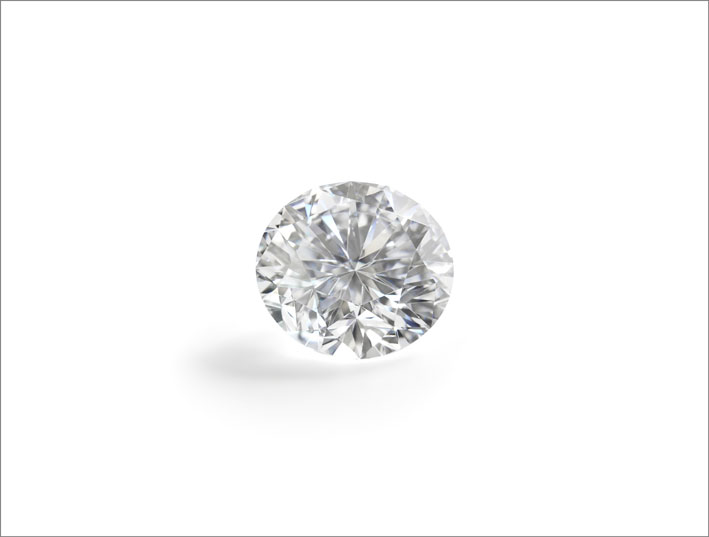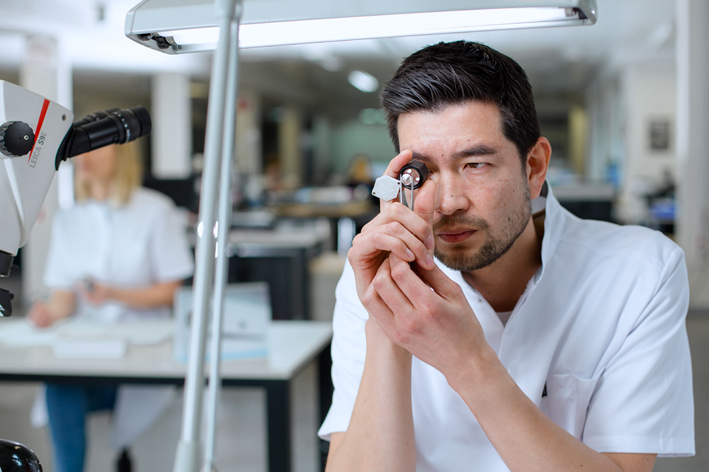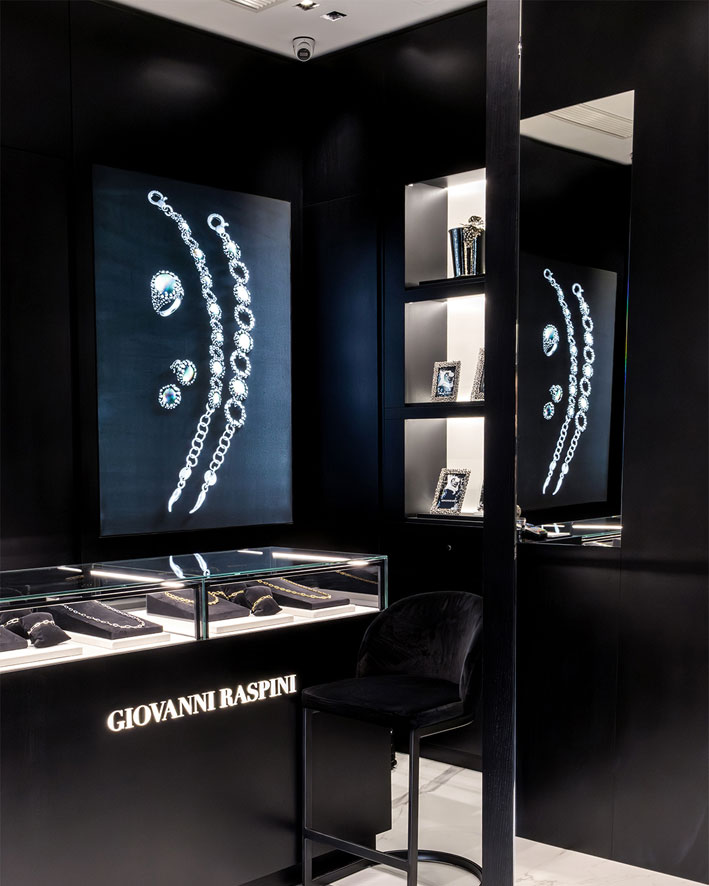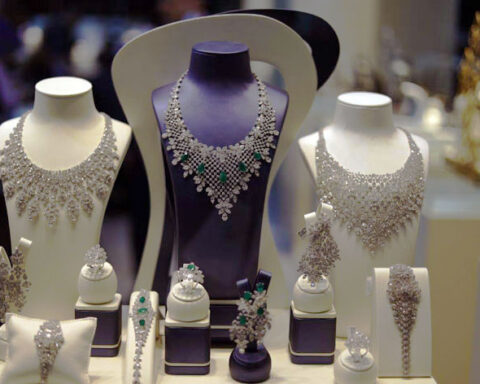It is no one’s intention to denigrate synthetic diamonds, or laboratory-grown diamonds, as marketing prefers to define them. As long as transparency is respected (not of diamonds, but of communication). Anyone who wants to spend less and buy artificially created diamonds, which are chemically the same as natural ones, should be free to do so. It is a legitimate choice and, often, it can also be a good solution for obtaining diamond jewelry. But as long as it is clear what you are purchasing, regardless of the opinion of experts and gemologists, who today are as divided on natural or laboratory diamonds as the fans of two teams from the same city.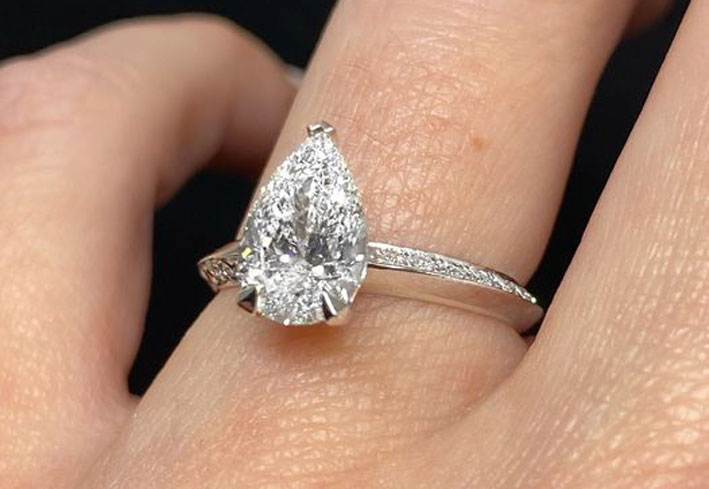
The premise serves to introduce the negative aspects, i.e. the possibility of scams to the detriment of consumers. Scams that are harmful both for those who want to buy a diamond jewel and for traders and jewelers who sell them in perfect communication transparency. The news reports the case of Douglas Wayne Gamble, a jeweler from Salem, Oregon, United States, who ended up in prison on charges of having defrauded hundreds of thousands of dollars from customers, to whom he sold synthetic diamonds instead of natural ones . A scam that was possible, if confirmed by the judges, during jewelery repairs. The dishonest jeweler would have replaced natural diamonds with less expensive ones created in a laboratory. Another case broke out months ago in India, this one also discovered.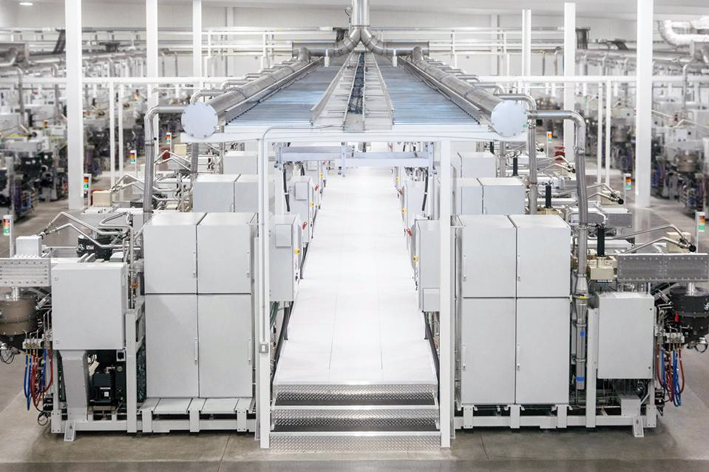
Are these isolated cases? Perhaps. But the possibility of fraud highlights one of the key factors for those who produce, sell and buy jewellery: trust. Anyone who goes to a jewelry store to buy a ring or a pair of earrings must be able to trust the authenticity of what they choose. And in the same way it is unthinkable to have a ring polished with the risk of having your diamond replaced with a less expensive one. Of course, diamonds of a certain size are certified and identified with a code. But the buyer trusts the accompanying sheet of paper, the certificate: it is rare that after the purchase he subjects the diamond to the expensive analysis of an expert or a gemology institute.
Added to this is the dramatic increase in diamonds produced in laboratories in factories in China and India. They are large factories (not small workshops as consumers think), which employ thousands of skilled workers and put many millions of carats on the market. Like Greenlab, a company that has more than a thousand reactors used to produce diamonds, with 2,500 qualified employees and an annual production capacity of 200,000 carats. Or Kira, the world’s largest synthetic diamond producer, with a facility in Surat that employs 2,500 workers.
In conclusion: if a diamond is forever, even doubt never abandons you.
